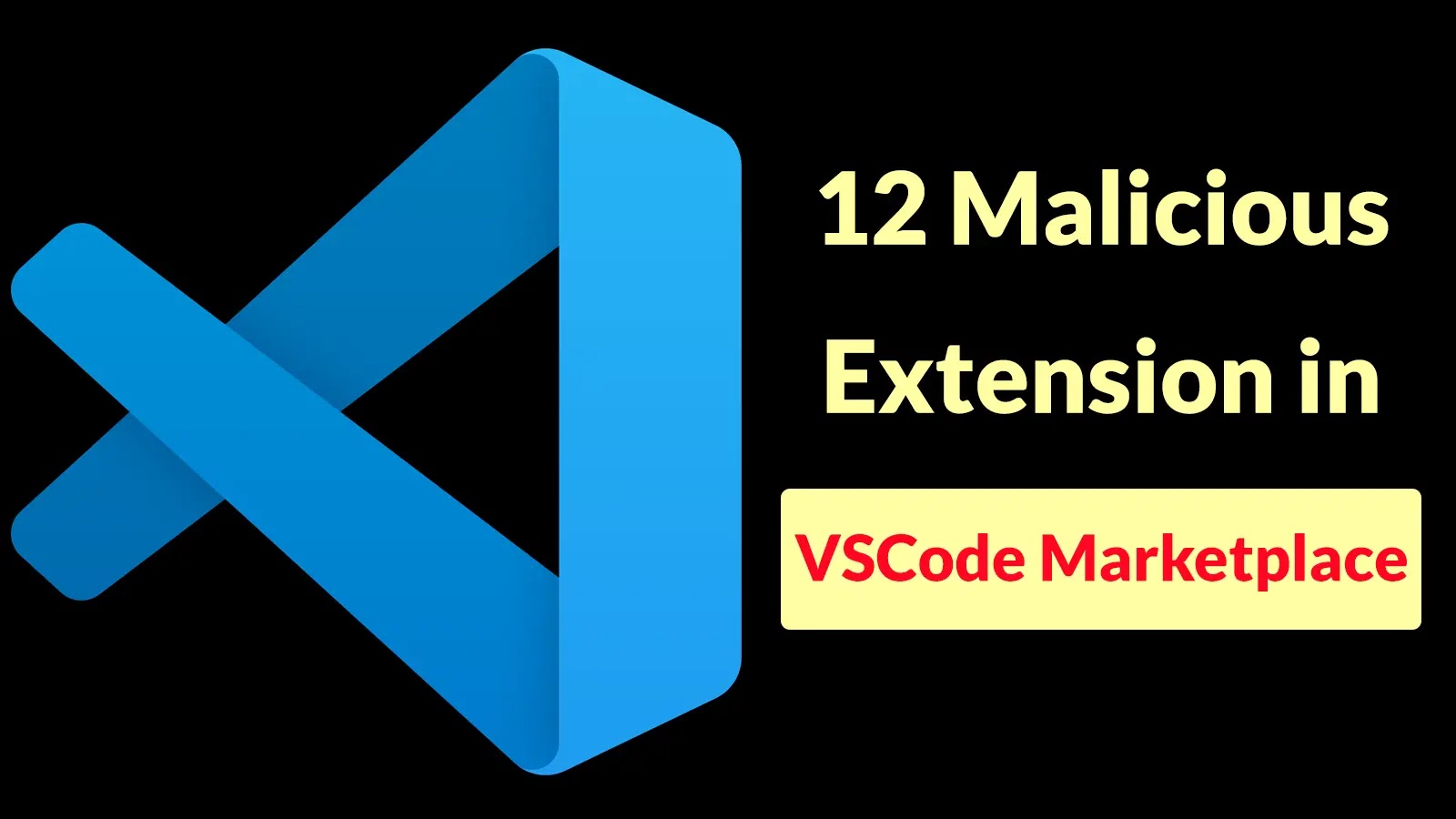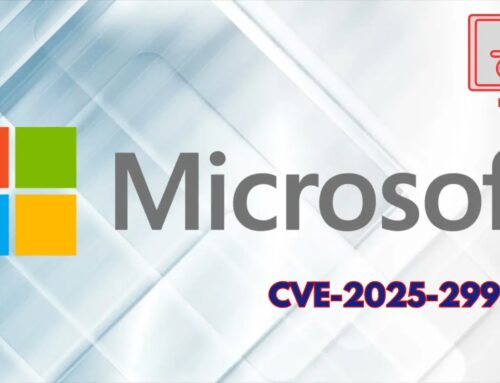
12 Malicious Extension in VSCode Marketplace Steal Source Code and Exfiltrate Login Credentials
The integrity of our development environments is paramount. Visual Studio Code (VSCode), a ubiquitous tool for developers, recently faced a significant challenge to this integrity. A sophisticated supply chain attack has been uncovered, revealing at least 12 malicious extensions infiltrating the official VSCode Marketplace. This discovery sends a stark warning about the persistent threat actors pose to even the most trusted software ecosystems.
The Anatomy of the Attack: Malicious VSCode Extensions
This recent incident saw malicious extensions masquerading as legitimate and useful productivity tools within the VSCode Marketplace. These aren’t simple bugs; they are carefully crafted pieces of malware designed to compromise developer systems. The core danger lies in their ability to perform two critical malicious actions:
- Source Code Theft: These extensions are programmed to exfiltrate a developer’s proprietary source code, potentially leading to intellectual property theft or sensitive data exposure.
- Credential Exfiltration: Beyond code, the extensions aim to steal login credentials, including API keys, access tokens, and other sensitive authentication data, opening the door to further system compromises.
Initially, 12 such malicious extensions were identified, with a concerning four still active at the time of reporting. This highlights the agility of attackers and the constant need for vigilance in monitoring software supply chains.
Understanding the Supply Chain Vulnerability
A supply chain attack targets an organization by compromising a less secure element in its supply chain. In this case, the VSCode Marketplace itself became the conduit. Developers, trusting the official marketplace, unwittingly installed these infected extensions. This type of attack is particularly potent because it exploits trust and leverages existing distribution channels, making detection and prevention significantly more challenging.
The implications for organizations are severe. If a developer’s workstation is compromised:
- Proprietary code can be stolen, impacting competitive advantage and potentially leading to compliance violations.
- Credentials can be used to access internal systems, cloud environments, and sensitive data repositories.
- The compromised development environment can become a launchpad for further attacks within the organization’s network.
Remediation Actions and Best Practices
Given the severity of this threat and the ongoing nature of such supply chain attacks, proactive measures are essential for any developer or organization utilizing VSCode.
- Immediate Extension Audit: Review all installed VSCode extensions. Remove any that are not strictly necessary or originate from unknown publishers. Prioritize extensions that interact with file systems or network resources.
- Principle of Least Privilege: Ensure developers operate with the minimum necessary permissions on their systems and within their development environments.
- Regular Credential Rotation: Implement a policy for frequently rotating API keys, access tokens, and other sensitive credentials.
- Network Monitoring: Implement egress filtering and monitor network traffic for unusual connections originating from development workstations. Look for connections to suspicious IP addresses or domains.
- Endpoint Detection and Response (EDR): Utilize EDR solutions to detect and respond to malicious activities on developer endpoints, including suspicious file access or process execution.
- Code Signing Verification: Whenever possible, verify the digital signatures of installed software and extensions to ensure their authenticity.
- Developer Education: Educate developers about the risks of installing unverified extensions and the importance of scrutinizing extension publishers and permissions.
Tools for Detection and Mitigation
Leveraging appropriate cybersecurity tools can significantly enhance an organization’s defense against such attacks.
| Tool Name | Purpose | Link |
|---|---|---|
| Static Application Security Testing (SAST) tools | Identifies vulnerabilities in source code, including potentially malicious patterns introduced by compromised extensions. | OWASP SAST Tools |
| Dynamic Application Security Testing (DAST) tools | Tests applications in runtime to uncover vulnerabilities that might be exploited by malicious extensions. | OWASP DAST Tools |
| Software Composition Analysis (SCA) tools | Identifies open-source components and their known vulnerabilities within projects, which can be extended to analyze development dependencies. | OWASP SCA Tools |
| Endpoint Detection and Response (EDR) platforms | Monitors endpoint and network events to detect and investigate suspicious activities indicative of compromise. | Gartner Peer Insights EDR |
Looking Ahead: Securing the Development Ecosystem
The discovery of these malicious VSCode extensions underscores a critical and evolving threat landscape. Attackers will continue to target the software supply chain as a high-leverage entry point into organizations. Developers, security teams, and marketplace providers must collaborate to enhance security measures, promote rigorous vetting processes, and foster a culture of security awareness. Constant vigilance and a proactive defense posture are no longer optional but fundamental requirements in protecting our digital infrastructure from sophisticated supply chain attacks.





